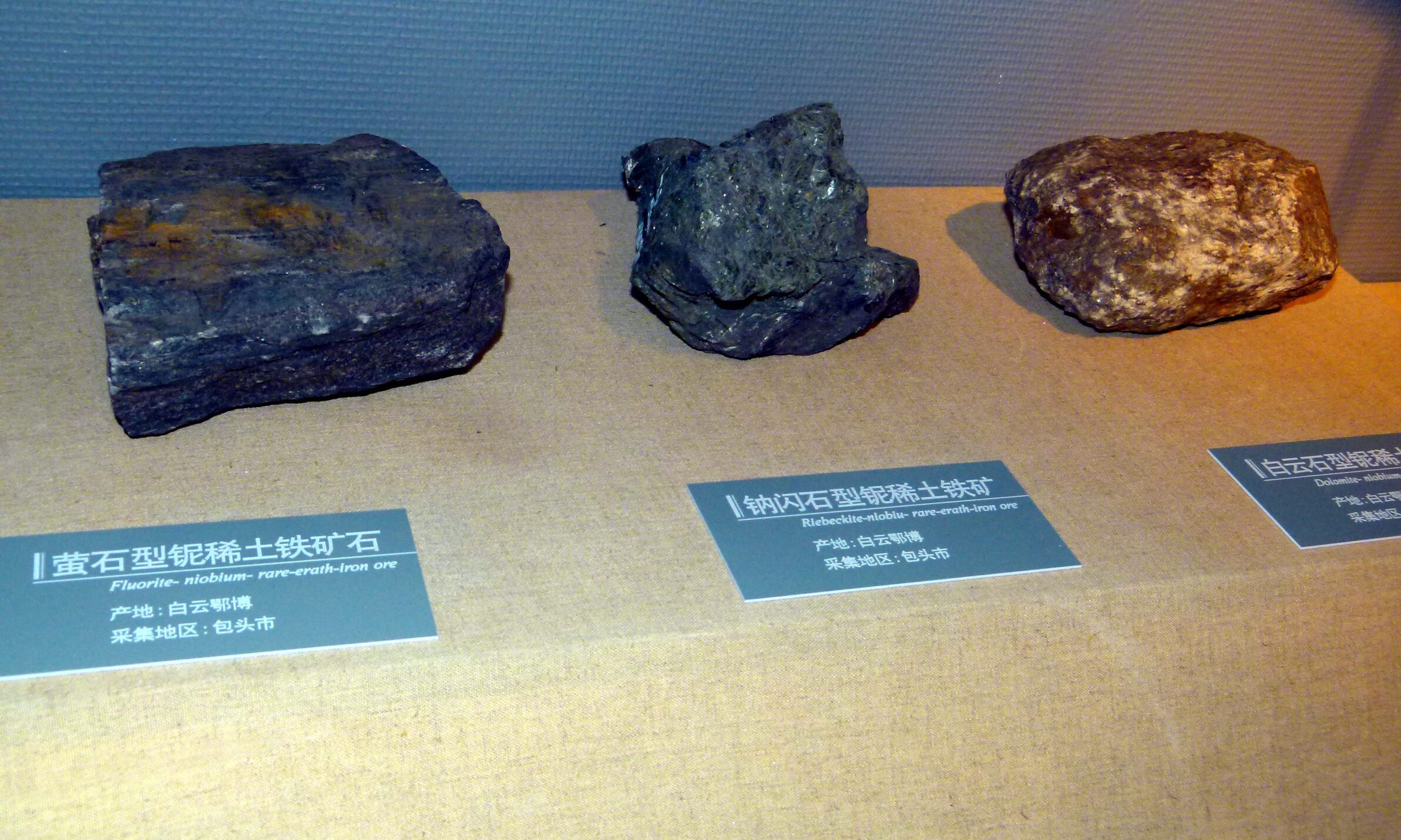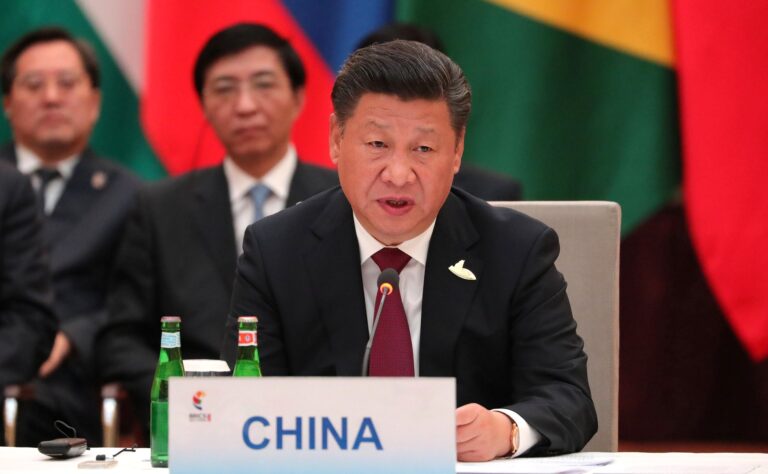
As Europe moves toward an ambitious climate-neutral future, it faces a growing strategic vulnerability: dependence on China for rare earth elements critical to electric vehicle (EV) production. China’s dominance in the rare earth supply chain – from extraction to refinement – has created a structural leverage point in the global transition to clean technologies. Recent export restrictions by Beijing, ostensibly in response to renewed US tariffs, have raised alarms among European policymakers and automakers alike.
Europe’s decarbonization agenda, particularly the planned phase-out of internal combustion engine (ICE) vehicles by 2035, marks a historic transformation in environmental policy. Yet this transition is occurring within a deeply interdependent global supply system – one in which China holds a near-monopoly on critical raw materials such as rare earth magnets. These materials are essential for electric motors and vehicle electronics, placing them at the center of both technological progress and geopolitical tension. This article examines the geopolitical and industrial risks associated with Europe’s current decarbonization trajectory, exploring the strategic implications of rare earth dependency, and calling for a diversified, tech-neutral approach to clean mobility.
China’s Rare Earth Dominance and Strategic Leverage
China controls over 80 percent of the global supply chain for rare earth elements, not only through mineral reserves but more importantly through its technological supremacy in processing and refining. In 2024, Beijing imposed export restrictions on rare earth magnets in response to tariff escalations initiated by US President Donald Trump. Although China has offered a 90-day negotiation window, the implementation of relief measures has been slow, prompting fears of imminent disruptions in Western manufacturing.
President Xi Jinping has positioned rare earths as a national strategic asset, integrating them into broader industrial policy and global power projection. Rare earths, in this context, have become to China what the US dollar is to America: a system-level instrument of influence.
Europe’s Exposure and Policy Response
While US automakers have sounded alarms over potential production halts, Europe is not far behind. The European Union has initiated diplomatic engagement, with Trade Commissioner Maroš Šefčovič entering urgent discussions with Chinese counterparts. Germany’s automotive sector – arguably the backbone of the EU’s industrial base – has already warned of potential factory shutdowns if rare earth supply issues are not resolved.
The EU’s Critical Raw Materials Act represents an important step toward greater resource independence, but its scope remains insufficient in light of the escalating geopolitical context. Without parallel reforms in emissions targets and technology neutrality, Europe risks locking itself into a supply chain dominated by a single geopolitical actor.
The EU’s aggressive climate targets, including the 2035 ICE ban, have accelerated investment in EV infrastructure and innovation. However, this commitment to a singular technological pathway may paradoxically create new dependencies. Unlike diversified energy strategies, a narrow focus on battery electric vehicles inherently increases exposure to supply shocks – particularly from rare earth elements that have no immediate large-scale substitutes. What is missing from current policymaking is the integration of supply chain resilience into climate transition frameworks. In effect, Europe is pursuing decarbonization without de-risking.
Alternatives to Rare Earth Dependency
Reducing Europe’s strategic vulnerability requires a multifaceted approach that goes beyond simple diversification of suppliers. The goal should be to rethink technological pathways in transport and mobility to reduce reliance on materials controlled by geopolitical rivals. This involves both technological substitution and systemic innovation in automotive and energy systems. Below, I examine several viable alternatives that, individually or in combination, could form the basis of a more resilient and strategically autonomous green transition.
- 1. Low-Emission Internal Combustion Engines and E-Fuels
One often-overlooked solution is the continued use of internal combustion engines (ICEs) powered by carbon-neutral synthetic fuels, commonly known as e-fuels. These fuels are produced using captured CO₂ and green hydrogen, resulting in a closed carbon cycle. From a materials perspective, this pathway requires far fewer rare earth elements, and leverages Europe’s existing automotive infrastructure, including service networks and skilled labor. It also allows for a gradual phase-in of decarbonization technologies without incurring the disruptive costs of total EV conversion. Several German automakers and suppliers have advocated for this route, which could complement – rather than compete with – full electrification.
However, scalability and cost remain concerns. E-fuel production is energy-intensive and currently expensive, though ongoing pilot projects and EU-supported initiatives (e.g., in Chile and Norway) are expected to reduce costs significantly in the medium term.
- 2. Hydrogen Fuel Cell Vehicles
Hydrogen fuel cell electric vehicles (FCEVs) represent another promising pathway. Unlike battery electric vehicles (BEVs), FCEVs do not rely on rare earth magnets in motors to the same degree. Moreover, they can offer longer ranges and faster refueling times, especially for heavy-duty transport and logistics fleets.
Europe already leads in certain hydrogen infrastructure initiatives (e.g., Germany’s H2 Mobility project), and the EU Hydrogen Strategy aims to install 6 GW of electrolyzers by 2024. However, a broader rollout of hydrogen mobility will require massive infrastructure investment, regulatory harmonization, and further innovation in hydrogen storage and distribution. Crucially, green hydrogen production must be scaled with clean energy sources, or the climate benefits will be undermined. Nonetheless, hydrogen’s potential as a strategic alternative in sectors ill-suited to batteries makes it indispensable in a diversified approach.
- 3. Simplified and Magnet-Free Electric Vehicle Designs
Recent advances in motor technology, such as induction motors and synchronous reluctance motors, offer a rare-earth-free alternative to the dominant permanent magnet motors used in most EVs today. Tesla, for instance, has adopted induction motors in some of its vehicle models, demonstrating the commercial viability of magnet-free designs.
These alternatives may be slightly less efficient or more costly under certain conditions, but they offer a critical strategic benefit: they do not rely on neodymium or dysprosium – rare earth elements primarily processed in China. The EU could encourage wider adoption through targeted R&D funding, updated automotive regulations, and support for start-ups specializing in alternative drive technologies.
- 4. Circular Supply Chains and Urban Mining
Another long-term strategy involves building circular supply chains that reduce demand for virgin rare earth materials. This includes recycling of end-of-life vehicles and electronics, urban mining of discarded tech products, and design for disassembly and component reuse.
Currently, rare earth recycling remains technologically challenging and economically marginal. However, targeted innovation funding, public-private partnerships, and updated product design regulations (e.g., right-to-repair legislation) could accelerate progress. The EU already recognizes these issues in its Circular Economy Action Plan, but implementation lags behind ambition.
- 5. Regionalization of Supply and Processing Capacity
In addition to demand-side alternatives, Europe must also invest in regional supply and processing capacity. Projects in countries such as Sweden (LKAB), France (Imerys), and Greenland offer potential for localized sourcing. However, the bottleneck lies in refining capacity, not just mining. Without mastering the chemical processing stage – currently monopolized by China – Europe cannot close the strategic loop. The European Raw Materials Alliance and other initiatives are beginning to address this, but public investment and regulatory clarity are needed to ensure these projects scale in time to meet the growing demand.
In sum, no single alternative will suffice. A credible path forward for Europe requires a portfolio strategy that includes cleaner versions of legacy technologies, emerging innovations like hydrogen, and a robust policy framework that supports recycling, regionalization, and tech diversity. Only then can the EU reduce its exposure to geopolitical risk while pursuing its climate goals with integrity and resilience.
Strategic Rethinking for a Sovereign Green Transition
The current rare earth crisis highlights a broader lesson: technological leadership in the green transition must be matched by strategic sovereignty. Europe’s reliance on a single source for critical inputs undermines both its climate agenda and its industrial future. As China leverages its dominance in rare earths for geopolitical advantage, Europe must respond not only through diplomacy, but through structural rethinking of its energy and industrial strategies. Decarbonization must not come at the cost of deindustrialization. Only a balanced, diversified, and resilient policy mix can ensure that Europe’s green transition strengthens rather than weakens its strategic autonomy.
Written by
Cristina Vanberghen
VanberghenEUProf. Dr. Cristina Vanberghen is a Senior Expert at the European Commission affiliated with the European University Institute (EUI) and McGill University.


